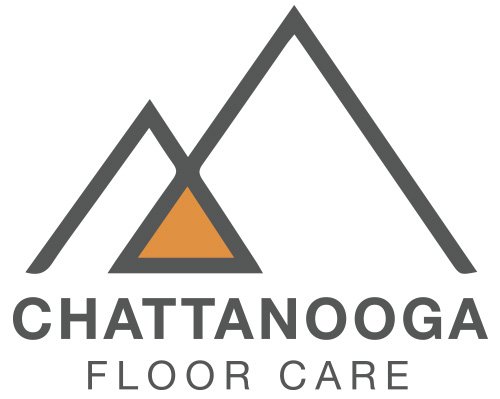Just Be Cool: How Polyaspartic Flake Keeps You Comfortable
In the world of flooring solutions, innovation is constantly pushing boundaries to offer more durability, aesthetics, and functionality. One such breakthrough is polyaspartic flake flooring, a popular choice for both residential and commercial spaces. A common misconception about all flooring is that it’s going to get excessively hot in direct sunlight, which happens to be something we’re often asked about. We're here to set the record straight and explore the science behind why polyaspartic flake flooring remains comfortably cool, even under the blazing sun.
The Science Behind Polyaspartic Flake Flooring
Polyaspartic flake flooring is a cutting-edge flooring system that combines polyaspartic coatings with decorative flakes. This combination results in a seamless, durable, and visually appealing surface that can mimic the appearance of natural stone, quartz, or terrazzo. The key to its remarkable heat resistance lies in the materials and composition of the flooring.Polyaspartic coatings are known for their exceptional UV stability and temperature resistance. These coatings are formulated to withstand extreme weather conditions, including exposure to sunlight. Unlike traditional epoxy coatings, which may become discolored or damaged when exposed to sunlight for prolonged periods, polyaspartic coatings maintain their integrity and aesthetics.
Heat Reflection and Emissivity
One of the primary reasons why polyaspartic flake flooring remains cool in the sun is its heat reflection and emissivity properties. Heat reflection refers to the flooring's ability to bounce back a significant portion of the sunlight that strikes its surface. This prevents the absorption of heat, keeping the floor cooler to the touch. Emissivity, on the other hand, measures how effectively a material emits thermal radiation. Polyaspartic coatings have low emissivity, meaning they don't radiate absorbed heat back into the surrounding environment, further contributing to their heat resistance.
Color and Temperature
The color of the flooring also plays a crucial role in how it responds to sunlight. Lighter-colored flooring, often chosen for its aesthetic appeal, reflects more sunlight and absorbs less heat compared to darker colors. Polyaspartic flake flooring comes in a wide range of colors, giving you the flexibility to select shades that not only match your design vision but also enhance the flooring's heat resistance.
Heat Dissipation and Insulation
Polyaspartic flake flooring is typically applied over a concrete substrate, which provides excellent heat dissipation and insulation properties. Concrete is known for its ability to absorb and slowly release heat, preventing sudden temperature spikes on the surface. This further contributes to the coolness of the flooring, even during peak sunlight hours.
Polyaspartic flake flooring stands out not only for its aesthetic appeal and durability but also for its remarkable ability to stay cool in direct sunlight. Thanks to the advanced materials, heat reflection, emissivity properties, and the science behind its formulation, this flooring system defies the misconception that it becomes unbearably hot in the sun. So, whether you're considering a flooring solution for your outdoor pool or patio, a commercial space, or a residential garage, rest assured that polyaspartic flake flooring will keep you comfortable even on the hottest of southern summer days.








